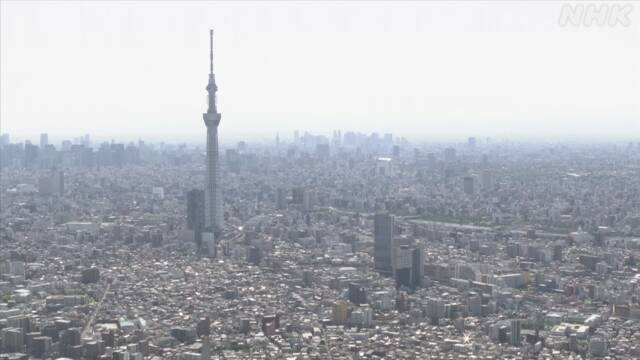Last year's population in Tokyo's 23 wards was "excess migration," in which the number of people moving in exceeded the number of people moving out.
Due to the corona sickness, the number of people who moved out was "excessive outflow" for the first time in a year, but the Ministry of Internal Affairs and Communications wants to keep an eye on whether the unipolar concentration will become active again, as it returned to the original movement in a year.
The population movement of Tokyo as a whole, including foreigners, compiled by the Ministry of Internal Affairs and Communications based on the Basic Resident Register, was 439,787 people moved in last year, 401,764 people moved out, and 3 people moved out. It became "excess migration" exceeding 8,023 people.
In Tokyo as a whole, the number of "excess movers" has increased by more than 32,000 people since last year.
Focusing on the 23 wards of Tokyo, which became "excessive outflows" for the first time in 2016, last year turned into "excessive inflows" of 21,420 people, returning to the original movement in one year.
The Ministry of Internal Affairs and Communications said, "People who were refraining from moving to Tokyo due to the corona crisis appear to have resumed moving. We would like to keep an eye on whether the unipolar concentration will become active again in the future."
11 prefectures with “excess migration”
By prefecture, 11 prefectures, including Tokyo, Kanagawa, Saitama, Chiba, and Osaka, had "excess migration".
Other prefectures had "excess migration," with the highest number of people in Hiroshima at 9,207, followed by Aichi at 7,910, Fukushima at 6,733, Niigata at 5,830, and Hyogo at 5,625. And so on.

